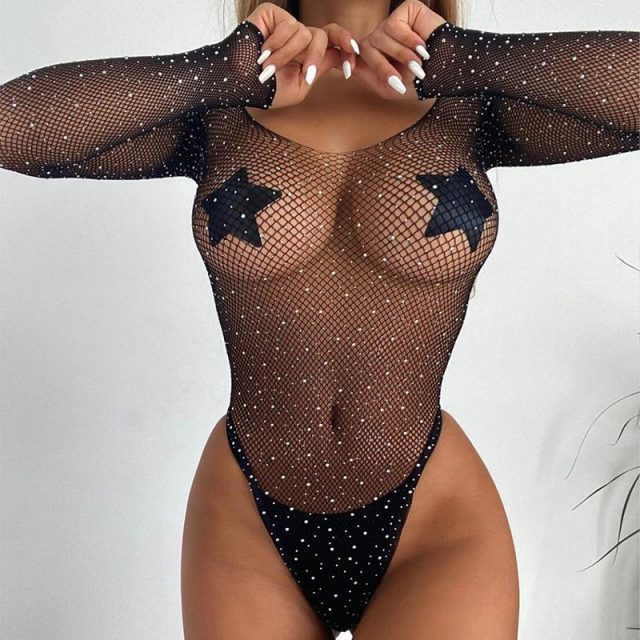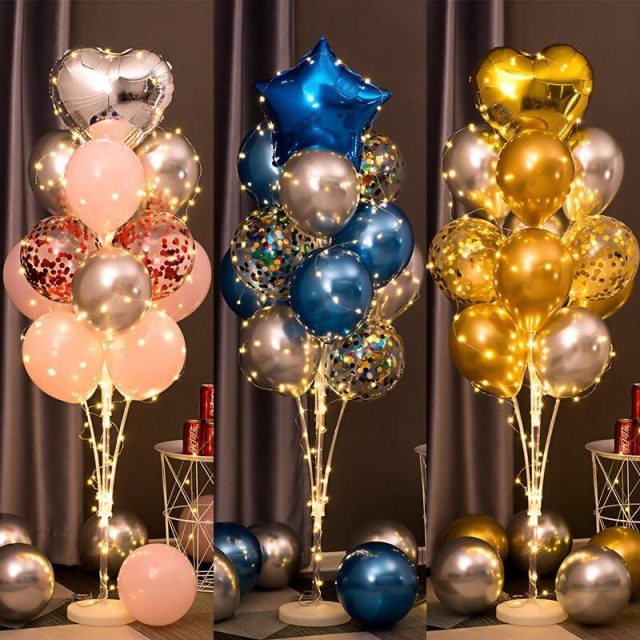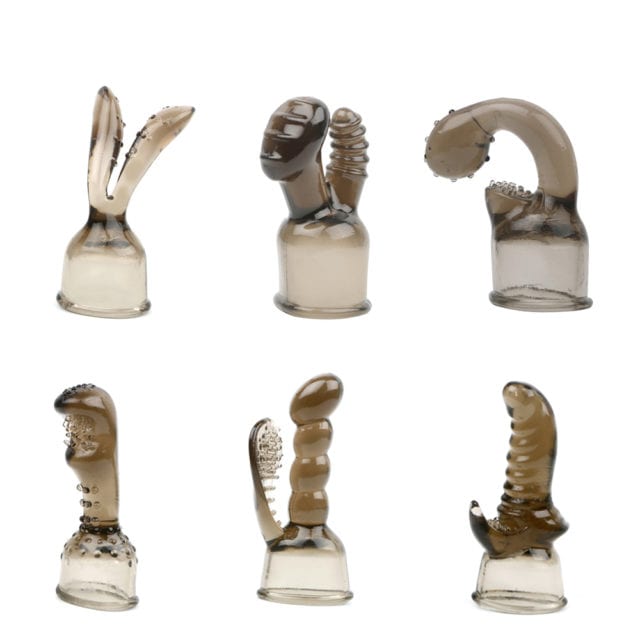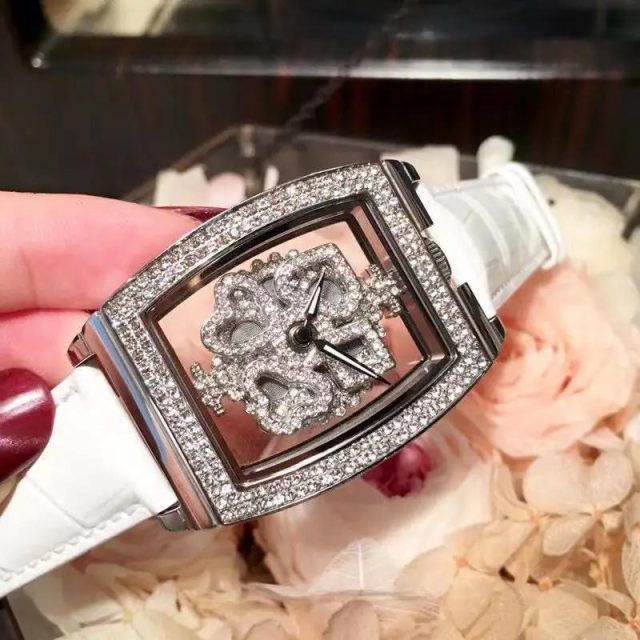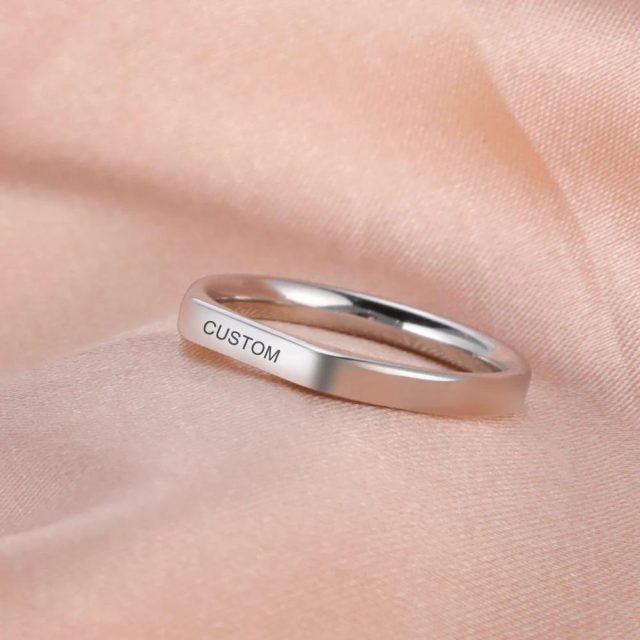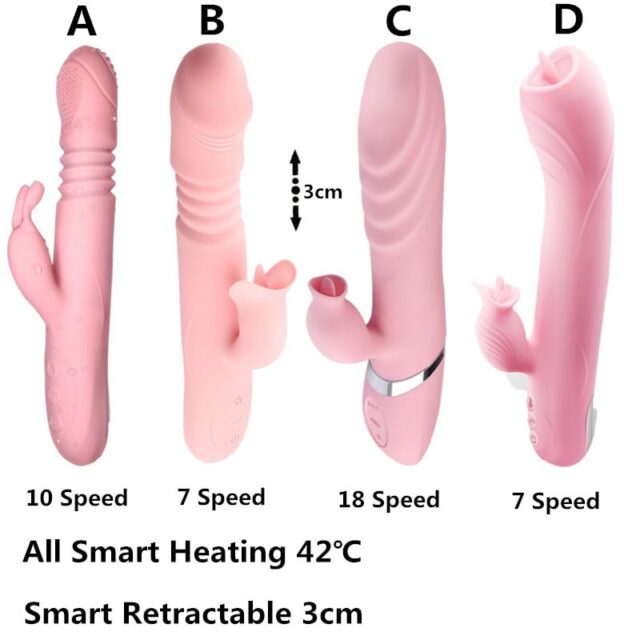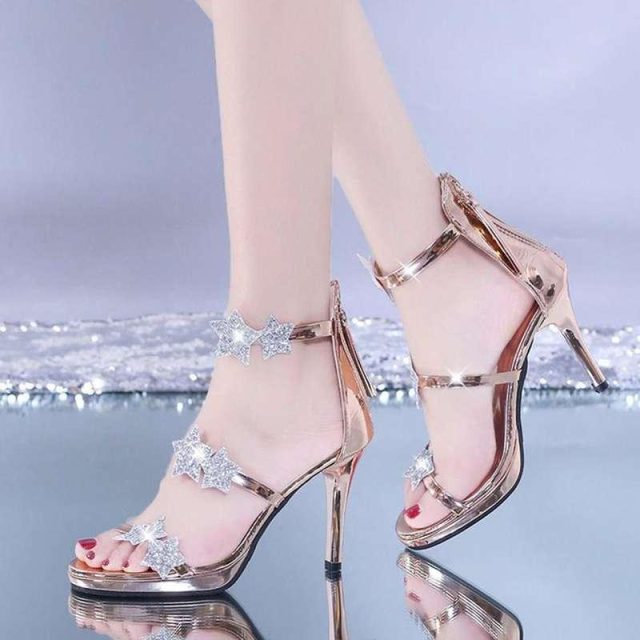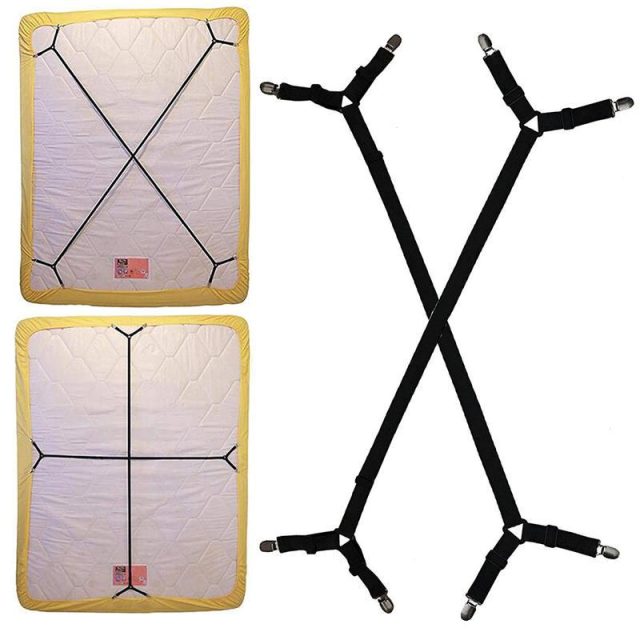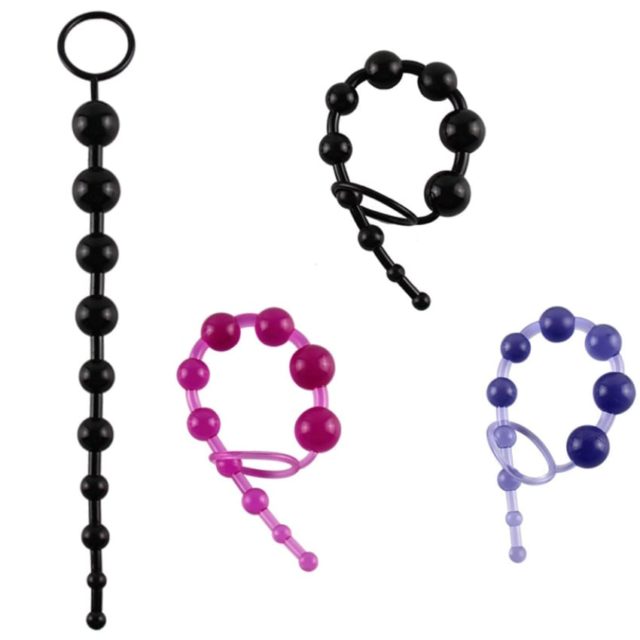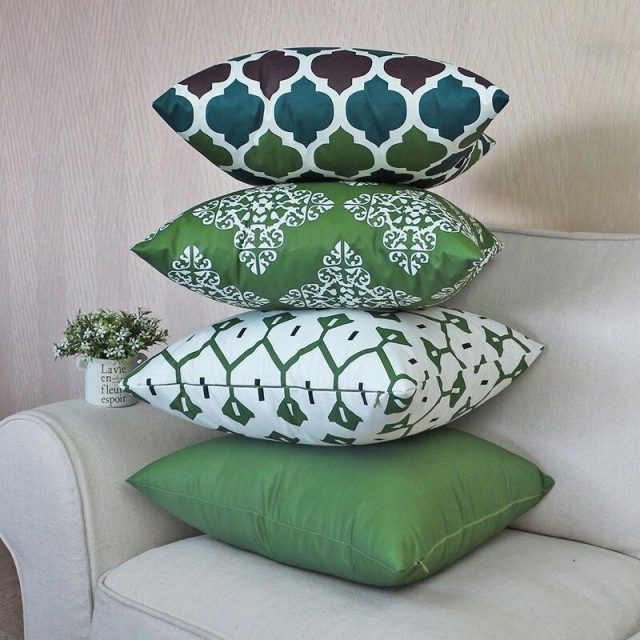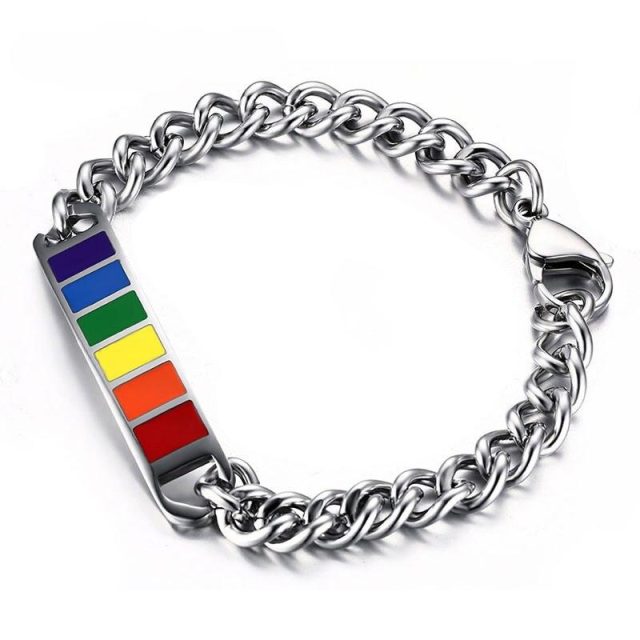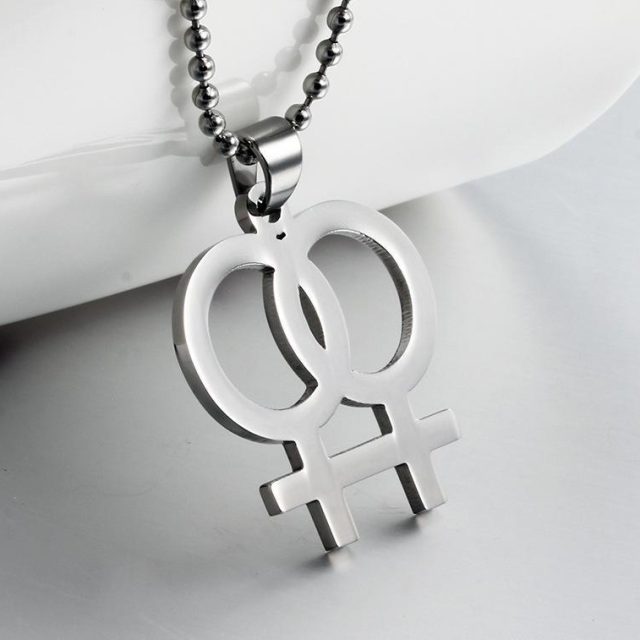LGBT Pride Art Design | Perfect Rainbow Necklace
Introduction:
LGBT Pride Art Design is a vibrant and expressive form of artistic representation that celebrates the diverse and unique experiences of the lesbian, gay, bisexual, and transgender (LGBT) community. Through a kaleidoscope of colors, symbols, and narratives, artists have created a space to empower, uplift, and advocate for LGBT rights, visibility, and acceptance. This form of art transcends traditional boundaries, telling stories of resilience, love, and the fight for equality. In this essay, we will explore the significance and impact of LGBT Pride Art Design, diving into its historical roots, its role in contemporary society, and the messages it conveys to promote understanding and inclusivity.
Historical Roots of LGBT Pride Art:
LGBT Pride Art Design has deep roots in the historical struggle for LGBT rights and visibility. The Stonewall riots in June 1969 marked a pivotal moment in the fight for LGBT rights in the United States. These demonstrations against police raids on gay bars, led predominantly by queer people of color, ignited the modern LGBT rights movement. In the following years, the first pride parades emerged, and with them, the visual representation of the rainbow flag.
Created by artist and gay activist Gilbert Baker in 1978, the rainbow flag has become an iconic symbol of LGBT pride and unity. The flag’s vibrant colors reflect the diversity of the LGBT community, with red symbolizing life, orange for healing, yellow for sunlight, green for nature, blue for harmony, and purple for spirit. This symbol has become the cornerstone of LGBT Pride Art Design, inspiring artists to explore the nuances of sexuality and gender identity through their creations.
Themes and Symbolism in LGBT Pride Art:
In LGBT Pride Art Design, artists utilize various symbols, colors, and themes to communicate powerful messages about identity, acceptance, and love. The rainbow spectrum is prominently featured, symbolizing inclusivity and the vast array of identities within the LGBT community. Artists also incorporate triangles, which have different meanings depending on their orientation. An upward-pointing triangle often represents the masculine aspect, a downward-pointing triangle symbolizes the feminine aspect, and a combination of both signifies unity and balance.
The use of hearts represents love and compassion, transcending boundaries of gender and sexual orientation. Additionally, powerful slogans like “Love is Love” and “Pride” are often integrated into designs to spread messages of equality and acceptance. These symbols and themes weave together to create a profound visual language that communicates the spirit of the LGBT community.
The Role of LGBT Pride Art in Contemporary Society:
In contemporary society, LGBT Pride Art Design plays a critical role in fostering dialogue and promoting social change. Art has always been a reflection of society’s values, and the increasing visibility of LGBT Pride Art signifies a growing acceptance of diverse sexual orientations and gender identities. By challenging societal norms and questioning preconceived notions, LGBT Pride Art pushes for the recognition of every individual’s right to love and be loved without fear or discrimination.
Moreover, this form of art also serves as a tool for self-expression and empowerment within the LGBT community. For many artists, creating Pride-themed artwork is a cathartic experience, allowing them to celebrate their identity and share their stories with the world. By expressing their struggles, triumphs, and hopes through art, they inspire others to do the same, fostering a sense of unity and solidarity among diverse LGBT individuals.
Promoting Understanding and Inclusivity:
One of the most significant contributions of LGBT Pride Art Design is its ability to bridge gaps and promote understanding among people from various walks of life. Art has a unique capacity to evoke emotions and empathy, enabling viewers to connect with the stories and experiences of others. By showcasing the joys and struggles of the LGBT community, this form of art breaks down stereotypes and misconceptions, encouraging open dialogue and empathy.
Moreover, LGBT Pride Art Design has found a prominent place in public spaces, museums, and galleries, reaching a broader audience and fostering a greater understanding of LGBT issues. This public exposure helps normalize LGBT experiences, showing that love and acceptance transcend gender and sexuality.
Conclusion:
LGBT Pride Art Design is a powerful and transformative medium that celebrates the beauty and diversity of the LGBT community while advocating for equality and acceptance. Through a rich tapestry of colors, symbols, and narratives, artists communicate messages of love, resilience, and the fight for justice. This art form has deep historical roots, stemming from the struggle for LGBT rights and visibility, and continues to play a crucial role in contemporary society by promoting understanding and inclusivity. As LGBT Pride Art Design continues to evolve and inspire, it will undoubtedly shape a more compassionate and accepting world for generations to come.
Buy LGBT Pride Art Design

Buy More Products




















































